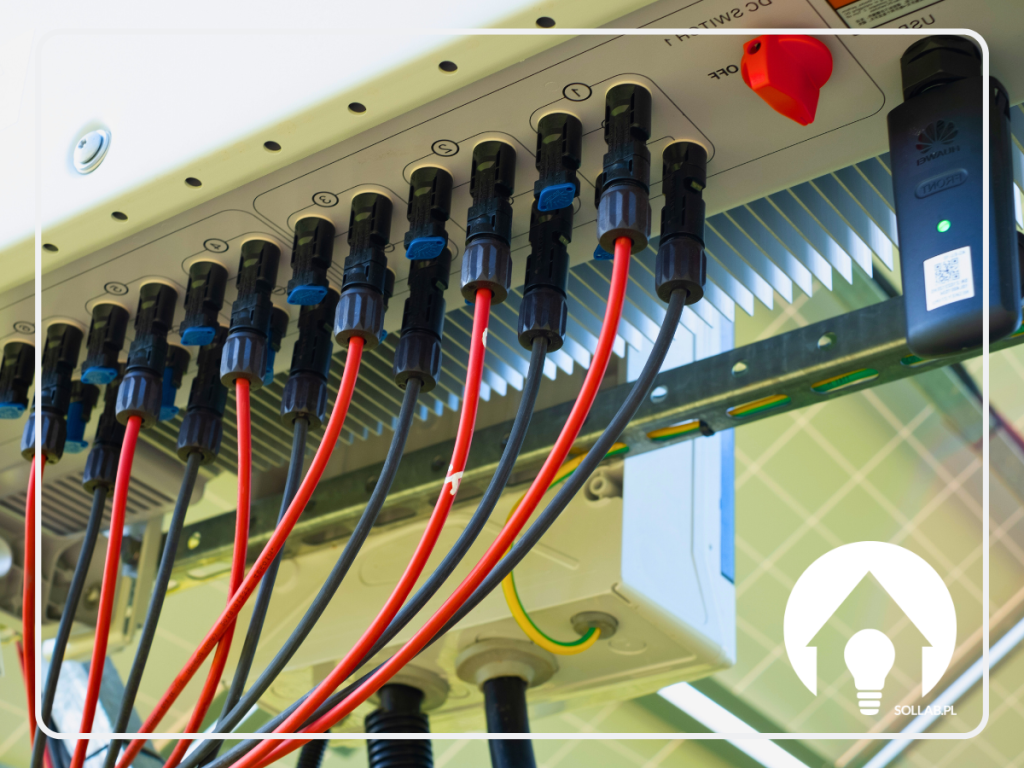Energy storage and price: how much does energy storage cost?
Nowadays, with environmental concerns becoming very important, more and more people are turning their attention to sustainable and green energy sources. One of the more popular alternatives that is gaining ground are photovoltaic installations, which are becoming increasingly popular - allowing electricity to be drawn from solar radiation. In addition to typical on-grid installations, permanently connected to a central distributor bus, more and more people are interested in hybrid installations. An important component of these is energy storage.
In this article we look at what the price of home energy storage is and how to choose it.
Advantages of energy storage for photovoltaics
Energy storage, especially in the context of photovoltaic systems, has many advantages that contribute to optimising the use of electricity. Here is
- Energy storage for PV installations makes it possible to become independent of the operator's grid. In a situation where a grid failure for a PV plant without energy storage means downtime, a system with a battery can continue to operate until the stored energy is exhausted. The battery provides protection against power failure.
- Another benefit is the bypassing of the prosumer system. Taking electricity stored on the distributor's grid involves paying a commission of 20 or 30% of energy. By opting for a photovoltaic battery, the excess electricity is stored and taken when it is needed - without commissions or surcharges.
- The off-grid system provides an alternative to mains electricity wherever connecting an electricity point is a problem. This is why many people opt for it on plots of land away from city centres or located in green spaces where installation work is not carried out.
Which energy storage capacity should you choose?
The power of the battery determines how much electricity it can store. It should be matched to the power of the photovoltaic installation so that it is possible to fully charge and discharge the battery in a duty cycle. The power of the installation in the home should always take into account the prosumer discount system, so 1.2 kWp of installation power must be assumed per 1,000 kWh of energy consumed in a year.
Here are some considerations to take into account when choosing energy storage capacity:
- Energy consumption: An analysis of your monthly and annual electricity bills will help to determine how much energy you are using. The power of the storage should be sufficient to cover at least part of this consumption during periods when solar power is not available (e.g. at night).
- Size of photovoltaic installation: The power of the energy storage should be harmonised with the power of the photovoltaic installation. In practice, more powerful storage can accommodate more excess energy, but it is important to avoid a situation where the storage is too small to store enough energy.
- Energy independence target: If the aim is to be fully energy independent during periods of no sunlight, a larger capacity storage unit may be more suitable. For those who only want to reduce their electricity bills, smaller storage may be sufficient.
- Financial support programmes: In Poland, there are government or local programmes offering financial support for the installation of energy storage facilities. When choosing storage capacity, it is worth checking which subsidies can help cover the costs.
- Future system extensions: If there is a plan to expand the photovoltaic installation in the future, it is worth considering the purchase of larger capacity storage to cover the eventual need for more energy.
Before deciding to purchase energy storage, it is always advisable to consult with renewable energy professionals who can carry out a needs analysis and help tailor the storage capacity to your specific circumstances.
















